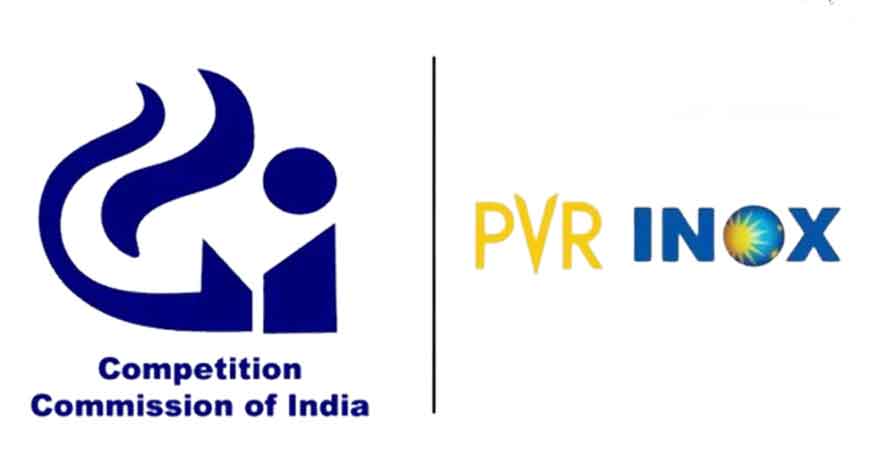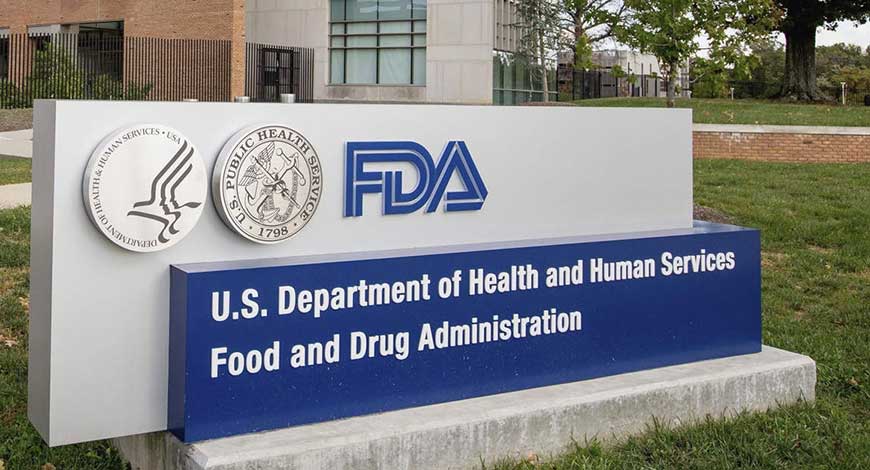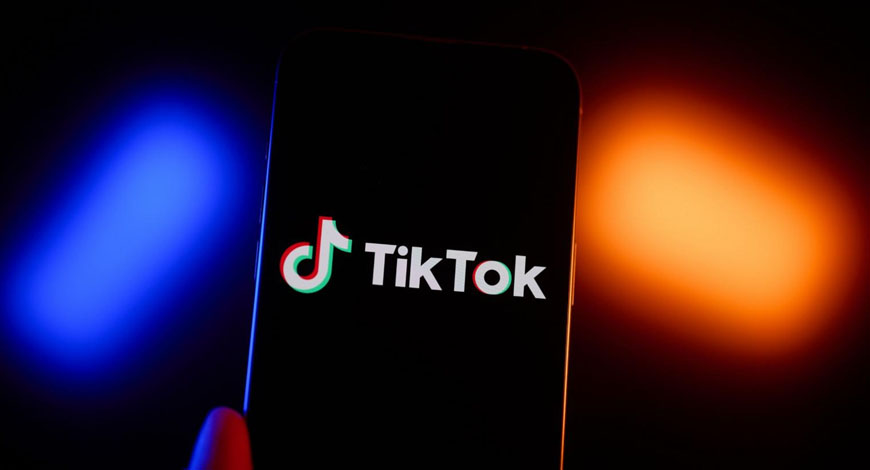Hospitals and health systems have been struggling with mounting cost pressures, and they probably aren’t going to see much relief in the months ahead.
The median operating margins for health systems were 1% in August, according to data from Strata Decision Technology released last week. And that’s not an anomaly, as operating margins have hovered around 1% through much of 2025.
Hospitals have seen rising expenses for both supplies and labor, and they’ve also seen interruptions in funding from the federal government.
Steve Wasson, chief data and intelligence officer for Strata Decision Technology, tells Chief Healthcare Executive® that he doesn’t expect to see much improvement in operating margins in the near future.
“I would expect some additional volatility in the next two quarters,” Wasson says. “This is not smooth sailing, which is different from when we entered 2025.”
Labor costs remain a challenge for health systems, although providers have succeeded in reducing their use of temporary staffing agencies, helping them curb costs.
However, costs for non-labor expenses have been rising at a faster rate. Non-labor costs rose 5.7% year-over year in August, while labor expenses climbed 4.6%.
Hospitals have seen higher prices for supplies, particularly for prescription drugs.
“Drug prices have been really elevated, and not just like a couple percentage points more, but significantly higher,” he says, adding, “Drug costs have been eating away at a lot of margin.”
Even without factoring in tariffs, health systems are likely to see high prices in drugs. Leaders projecting drug prices are likely experiencing some heartburn, he says.
“It’s really hard right now to predict what your drug costs are going to be over the next couple of quarters, because we’ve seen just big spikes,” he says.
Revenue gains eaten by costs
Hospitals are seeing improved revenues, with August representing the 28th consecutive month of gross revenues rising year-over-year, according to Strata’s data.
Outpatient revenue continues to rise at a faster clip than inpatient revenues. In August, outpatient revenue rose 6.3% year-over-year, while inpatient revenues increased by 4.3%.
Even though health systems see less revenue from shifting some services to outpatient facilities, “it’s higher margin,” Wasson says.
“So it’s better for their business to put that service in the outpatient when they can,” he says.
Health systems are seeing solid volume in both inpatient and outpatient settings. But even with better revenues, hospitals are still facing thin margins due to higher expenses.
“People have been really hard at work trying to get their revenues up through contract negotiations, but it’s eaten away by these costs,” Wasson says.
Signs of trouble
Hospitals could also see more financial pressures with more Americans out of work, and Wasson says that’s another reason he expects hospitals to continue to see modest margins in the coming months.
“I always say this: keep your eye on the unemployment rate. Unemployment is ticking up,” he says.
With more people without jobs, they won’t have commercial insurance, and would enter into “a self-pay category,” he adds.
“That is not good news for health systems, because they count on the commercial lives to kind of offset some of these other things,” he says.
Hospitals and health systems have warned that looming Medicaid cuts have devastating consequences. More than 10 million Americans are projected to lose Medicaid coverage over the next decade under the tax package brokered by President Trump and Republicans in Congress. Changes in Medicaid programs, including work requirements for beneficiaries, won’t be felt until the end of next year, analysts say.
But hospitals and health systems are taking steps now to deal with those mounting challenges, and Wasson says providers need to be making plans right now.
“They have to because, you look at your service line patterns, and you look at your payer mix, and you’re forecasting out where your investments are going to be,” Wasson says.
“Hospitals don’t move super fast,” he adds. “They plot out years ahead. So, ‘what’s our payer mix going to be two years from now,’ is absolutely a question that they ask themselves. And Medicaid is shifting, and so this is definitely factoring into their plans and their investments.”
With hospitals and health systems likely to see more volatility, Wasson says it’s important for executives to understand their service lines and their costs. “If you don’t know what they are, then you can’t make adjustments,” he says.
Healthcare leaders should also be expecting more headwinds.
“Volatility ahead, volatility in your reimbursement, volatility in your cost for drugs specifically,” he says. “So if you can plan around that, I would.” Chief Healthcare Executive









